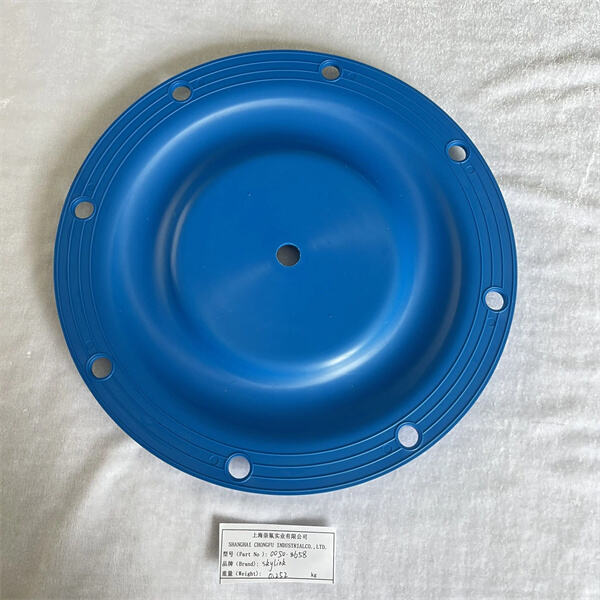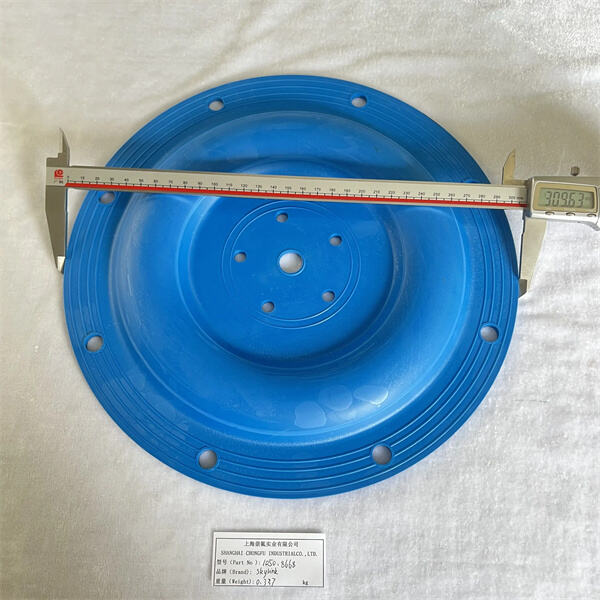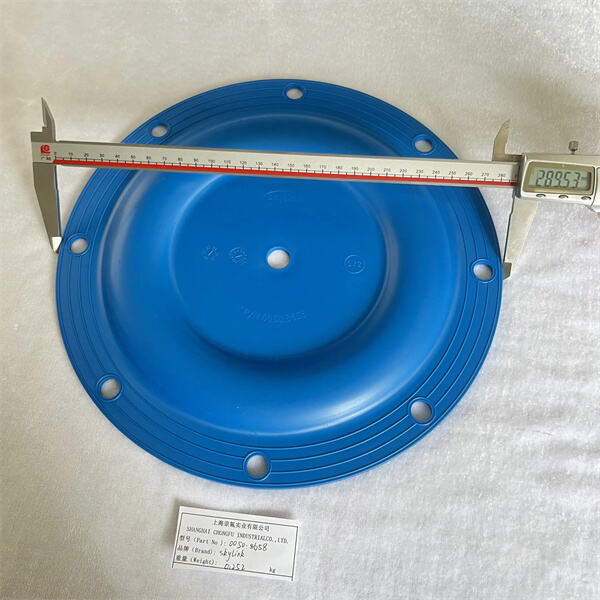One such crucial component is the rubber diaphragm which has been incorporated into so many designs in distinct industries. The outcome describes separation of two regions by a material, while also facilitating the transfer of force between the two. These features make it highly useful for various applications. Different classes of liquids, chemicals and gases can work nicely with rubber diaphragm material without harming or distorting. The years have seen the development of various rubber diaphragm materials made to suit the specific requirements of different industries.
Strong rubber diaphragm material that can sustain high pressure and temperature exposure without degradation or loss of performance. It should be flexible, meaning it should be able to bend and move without breaking, but it also needs to be strong enough to transfer force from one region to another effectively. It should also be so resilient that it will assure that it would not lose its strength, structure even when it comes into contact with countless liquids, chemicals, and gases for quite some time.
But there are some disadvantages to rubber diaphragm for bursting strength tester. The most obvious downside is its limited lifespan. If subjected to temperature changes, pressure, and varying chemicals, rubber diaphragm material will wear after time. This also means that it must be replaced every so often, which could be a costly and time-consuming process. Additionally, rubber diaphragm material may not be appropriate for applications requiring the utmost precision and accuracy, which can be a concern in highly regulated industries.
Rubber diaphragm material has many different fields and industries. For example, the automotive industry uses this material in critical systems such as braking, fuel, and emission control systems. This is important for the implementation of these systems in a safe and healthy manner. In aerospace, rubber diaphragm material is used in applications including flight control systems, engine control systems, and hydraulic systems. These applications are essential in ensuring the safety and functionality of aircraft.

The material has a wide range of uses in the medical sector, ranging from skin blood filtering and ultrasound sensors to vascular application, drug delivering systems, surgical devices, and medical pumps. Beneficial for handling the performance and essential safety of medical devices. In addition, the electronics industry uses rubber diaphragm material to prevent moisture, dust, and chemicals from damaging sensitive components. Such protection is critical to the operation of electronic equipment.

There are some very important considerations to take into account when designing a rubber diaphragm material. Choosing the right rubber diaphragm material as per one of them main factor which is its application, condition under which it will work in, and the environment it will face. The applications for rubber diaphragm come with different properties for different rubber diaphragm material; it’s just necessary to have the right one for your success.

The second consideration is the maintenance of the rubber diaphragm material. The rubber diaphragm material must therefore be regularly inspected table and replaced تو ensure that the system continues to function correctly. In addition, the rubber diaphragm material should be stored in the correct environment to prevent degradation from environmental factors such as humidity, temperature, and light. With proper care, the lifespan and effectiveness of the material can be greatly extended.